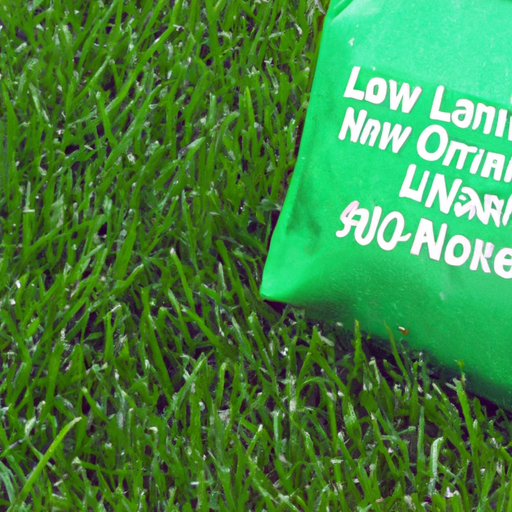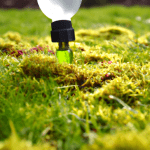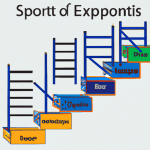How Often Should You Fertilize Your Ohio Lawn?
Maintaining a lush and healthy lawn in Ohio requires proper care and attention, including regular fertilization. Fertilizing your lawn provides essential nutrients that promote growth, improve color, and increase overall resilience against pests and diseases. However, determining the right frequency for fertilization can be a bit tricky. Factors such as grass type, soil condition, and climate play a significant role in determining how often you should fertilize your lawn in Ohio.
Understanding Your Lawn’s Nutritional Needs
Before diving into the recommended fertilization schedule, it’s crucial to understand your lawn’s nutritional needs. Lawns typically require three primary nutrients: nitrogen (N), phosphorus (P), and potassium (K). These nutrients are often represented by three numbers on fertilizer bags, indicating the percentage of each nutrient present in the product. For example, a bag labeled 10-10-10 contains 10% nitrogen, 10% phosphorus, and 10% potassium.
Nitrogen is responsible for promoting leaf and stem growth, phosphorus aids in root development, and potassium enhances overall plant health and disease resistance. Understanding the nutrient requirements of your lawn will help you choose the right fertilizer and determine the appropriate frequency of application.
Factors Influencing Fertilization Frequency
1. Grass Type: Different grass species have varying growth rates and nutrient requirements. In Ohio, common grass types include Kentucky bluegrass, fine fescue, and perennial ryegrass. Kentucky bluegrass, for example, benefits from regular fertilization every 4-6 weeks during the growing season, while fine fescue may require less frequent applications.
2. Soil Condition: The condition of your soil plays a crucial role in determining fertilization frequency. Conducting a soil test can provide valuable insights into nutrient deficiencies and pH levels. Based on the test results, you can adjust your fertilization schedule accordingly.
3. Climate: Ohio experiences a range of climates, from hot and humid summers to cold and snowy winters. Fertilization frequency should be adjusted based on seasonal variations. During the active growing season (spring and fall), more frequent applications may be necessary to support healthy growth. In contrast, during the dormant winter period, fertilization can be reduced or even halted.
Recommended Fertilization Schedule
To maintain a healthy lawn in Ohio, consider the following fertilization schedule:
1. Early Spring: Apply a slow-release fertilizer with a higher nitrogen content to kickstart growth and green-up your lawn after winter dormancy. Aim for a fertilizer with a ratio of 20-5-10 or similar.
2. Late Spring: Apply a balanced fertilizer with a ratio of 12-12-12 or similar to support continued growth and overall health.
3. Summer: Apply a slow-release fertilizer with a lower nitrogen content to avoid excessive growth during the hot summer months. Look for a fertilizer with a ratio of 10-6-4 or similar.
4. Early Fall: Apply a fertilizer with a higher potassium content to strengthen the lawn’s roots and improve winter hardiness. Look for a fertilizer with a ratio of 10-20-10 or similar.
5. Late Fall: Apply a winterizing fertilizer with a higher potassium content to prepare your lawn for the upcoming winter. Look for a fertilizer with a ratio of 0-0-20 or similar.
Remember to always follow the manufacturer’s instructions for application rates and techniques. Additionally, consider using organic or slow-release fertilizers to minimize the risk of nutrient runoff and environmental harm.
Conclusion
Fertilizing your Ohio lawn is essential for maintaining its health and appearance. By understanding your lawn’s nutritional needs, considering factors like grass type, soil condition, and climate, and following a recommended fertilization schedule, you can ensure your lawn thrives throughout the year. Regular fertilization will promote lush growth, vibrant color, and increased resilience against common lawn issues, allowing you to enjoy a beautiful and thriving lawn in Ohio.




